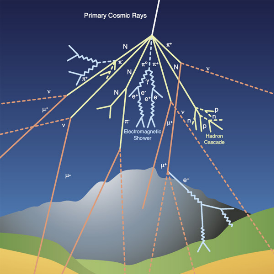xTrain0=Import["C:\\Users\\chand\\Desktop\\Wolfram Winter School\\Dataset\\Shower_data(small)_csv\\xTest0Small.csv","Data"];xTrain0=ArrayReshape[xTrain0,{sizeTrain,9,9,80,1}];xTrain1=Import["C:\\Users\\chand\\Desktop\\Wolfram Winter School\\Dataset\\Shower_data(small)_csv\\xTrain1Small.csv","Data"];xTrain1=ArrayReshape[xTrain1,{sizeTrain,9,9,1}];xTest0=Import["C:\\Users\\chand\\Desktop\\Wolfram Winter School\\Dataset\\Shower_data(small)_csv\\xTest0Small.csv","Data"];xTest0=ArrayReshape[xTest0,{sizeTest,9,9,80,1}];xTest1=Import["C:\\Users\\chand\\Desktop\\Wolfram Winter School\\Dataset\\Shower_data(small)_csv\\xTest1Small.csv","Data"];xTest1=ArrayReshape[xTest1,{sizeTest,9,9,1}];


